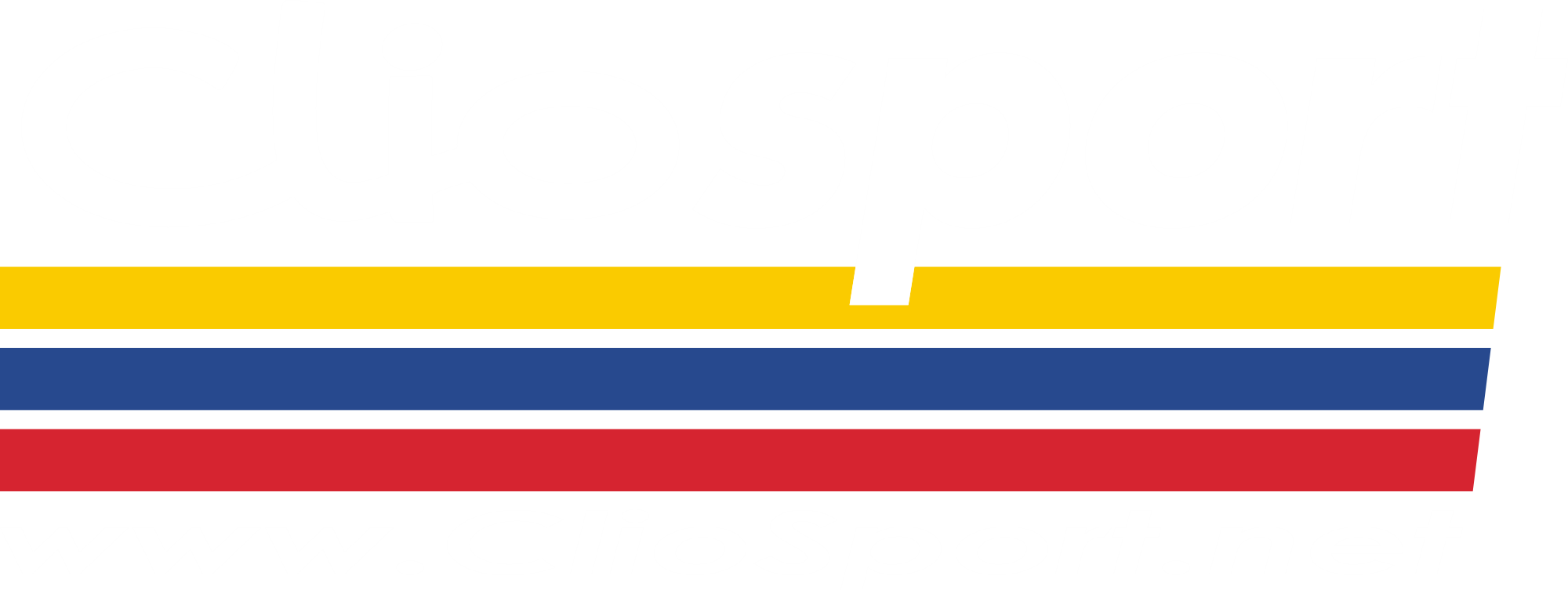No problem at all mate, I'm always happy to talk gaming tech!
The Xbox Velocity Architecture (XVA) is definitely a good thing. It actually comprises of various components, one of which is DirectStorage. XVA is more than just a minor upgrade to the system; it represents quite a change in how data is shuffled around the system - from the CPU heart of the system itself, right through to how it uses the new SSD drive and the software that controls and utilises it. The main advantages are the two hardware-based decompression processors - the first being for the well-established LZ compression algorithm and the second for proprietary Xbox Series X texture handling (called BCPack). Sadly these technologies won't make any significant difference to the storage requirements of the games themselves on the drive (mainly because game downloads are compressed by the developer anyway before release). That's largely driven by the content of the game and there are of course limits to how effective compression algorithms can be. The beauty of it, however, is that the XVA can be fed this compressed data (assuming it's in LZ compressed format) and use stupidly quick hardware to decompress it with negligible performance hit.
BCPack is a bit more specialised and potentially has a lot to offer in terms of performance improvements, despite only working on texture data. Coupled with the likes of Sampler Feedback Streaming it can offer significant performance boosts at render time when data has to be sent to the graphics card. It compresses texture data in a very special way so that, upon receiving feedback from the rendering engine, it can send sub-portions of textures back to the graphics rendering pipeline on request (rather than having to send over whole texture MIP levels). Let me try to explain this... LOL!
Let's use a texture from the example I gave earlier for the gun - and, for simplicity sake, let's assume it's a single 4k texture albedo texture (which gives the gun it's main colour appearance). It has been authored at 4k hence it will be 4096x4096 pixels (and 64 megabytes). At some point (usually when the texture is loaded / requested by the graphics engine for the first time) a texture MIP level chain is generated. This is simply a set of textures that are created from that original 4k texture and can be used to provide texture LODs (level of details). Why? Well... imagine that gun model close to the camera / player so it takes up most of the screen. You want the highest level of detail possible so the gun will be rendered using that highest quality 4k texture. But what about when the gun is in the distance and takes up only a few pixels on screen? Why waste all that time sending a 4k (64 megabyte) texture over the rendering pipeline to draw a gun model that is only covering a few pixels on screen? It's a waste of computation time and an unnecessary performance hit. Instead, it uses a lower detail version of that texture (say 32x32 pixels) and sends that over instead, saving near on 64 megabytes of data transfer and resulting in improved image quality, too. The gun texture MIP chain would look something like this:
1 - 4096x4096 pixels (64 megabytes)
2 - 2048x2048 pixels (16 megabytes)
3 - 1024x1024 pixels (4 megabytes)
4 - 512x512 pixels (1 megabyte)
5 - 256x256 pixels (256 kilobytes)
6 - 128x128 pixels (64 kilobytes)
7 - 64x64 pixels (16 kilobytes)
8 - 32x32 pixels (4 kilobytes)
9 - 16x16 pixels (1 kilobyte)
10 - 8x8 pixels (256 bytes)
Each level is half resolution of the one prior, until some given lower limit is reached (and each new level is calculated using a predefined minification filter to ensure the best possible quality when downsampling). Using my example, the gun in the distance would be rendered using the 4 kilobyte texture as opposed to the original 64 megabyte texture - a huge saving. And then BCPack and Sampler Feedback Streaming improve on this still...
Assume that the gun is now close to the camera and needs rendering with that highest quality 4k texture. And imagine that only the very tip of the gun is visible. Regardless of how much of that gun is on screen the rendering engine still needs to have that whole 4k texture available so that it can use the portion of it that is visible on screen on the tip of the gun. That seems wasteful, right? Why send over and sample 64 megabytes of texture data when only, say, 1 megabyte of it is visible on screen? Step in BCPack... this system is clever enough to interrogate feedback from the rendering pipeline and act accordingly. In basic terms, the rendering engine says to the BCPack system, "look - only the tip of the gun is visible so don't bother sending me the entire texture over." Between the sampler feedback and the BCPack system, only the small portion of the larger 4k texture is sent over for the renderer to use thus - again - avoiding unnecessary bandwidth usage and performance improvements as a result.
Man - I hope that kinda makes some sense...




On a lighter note, the Microsoft Xbox part of my console and computer collection! LOL!
View attachment 1505889
View attachment 1505890


